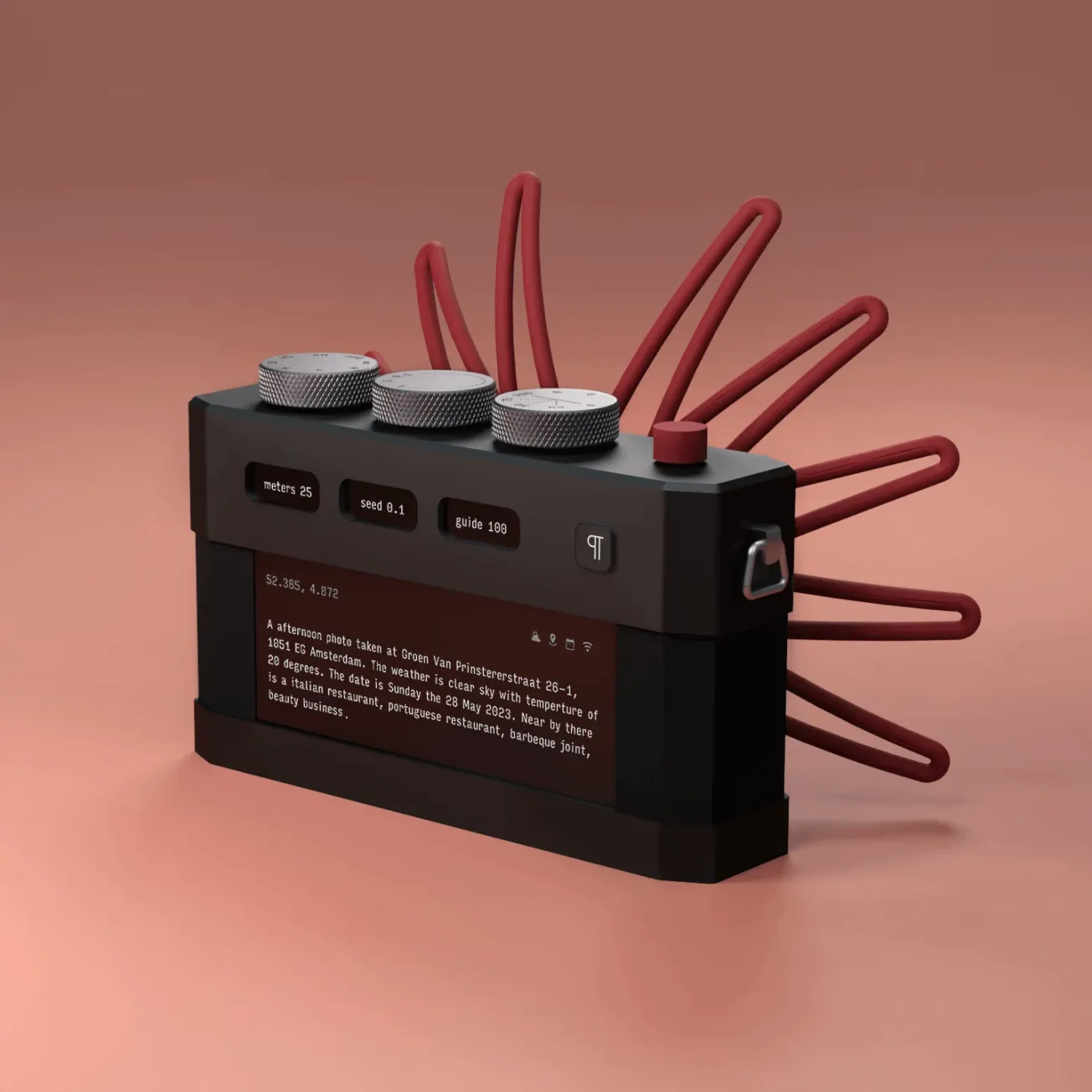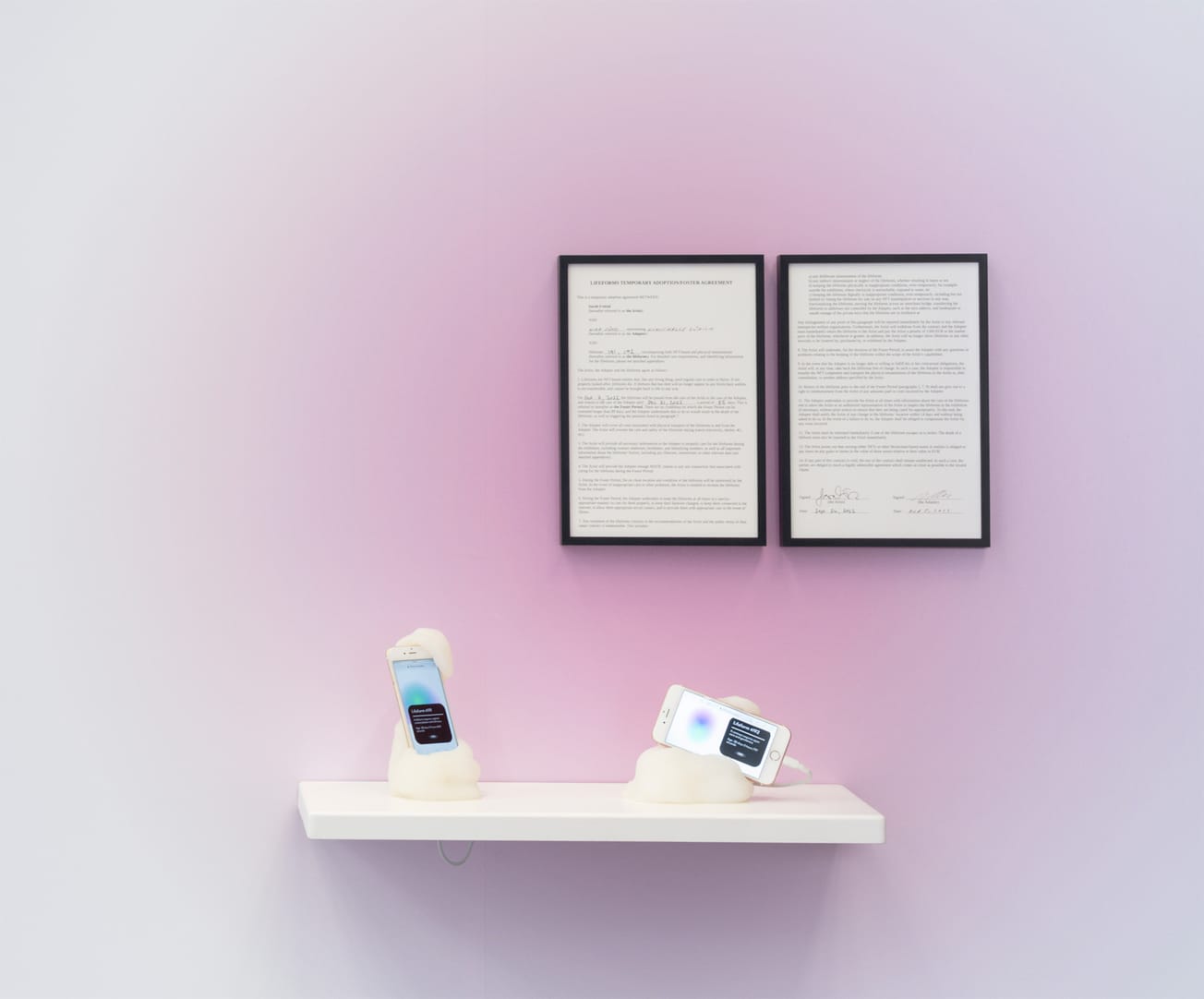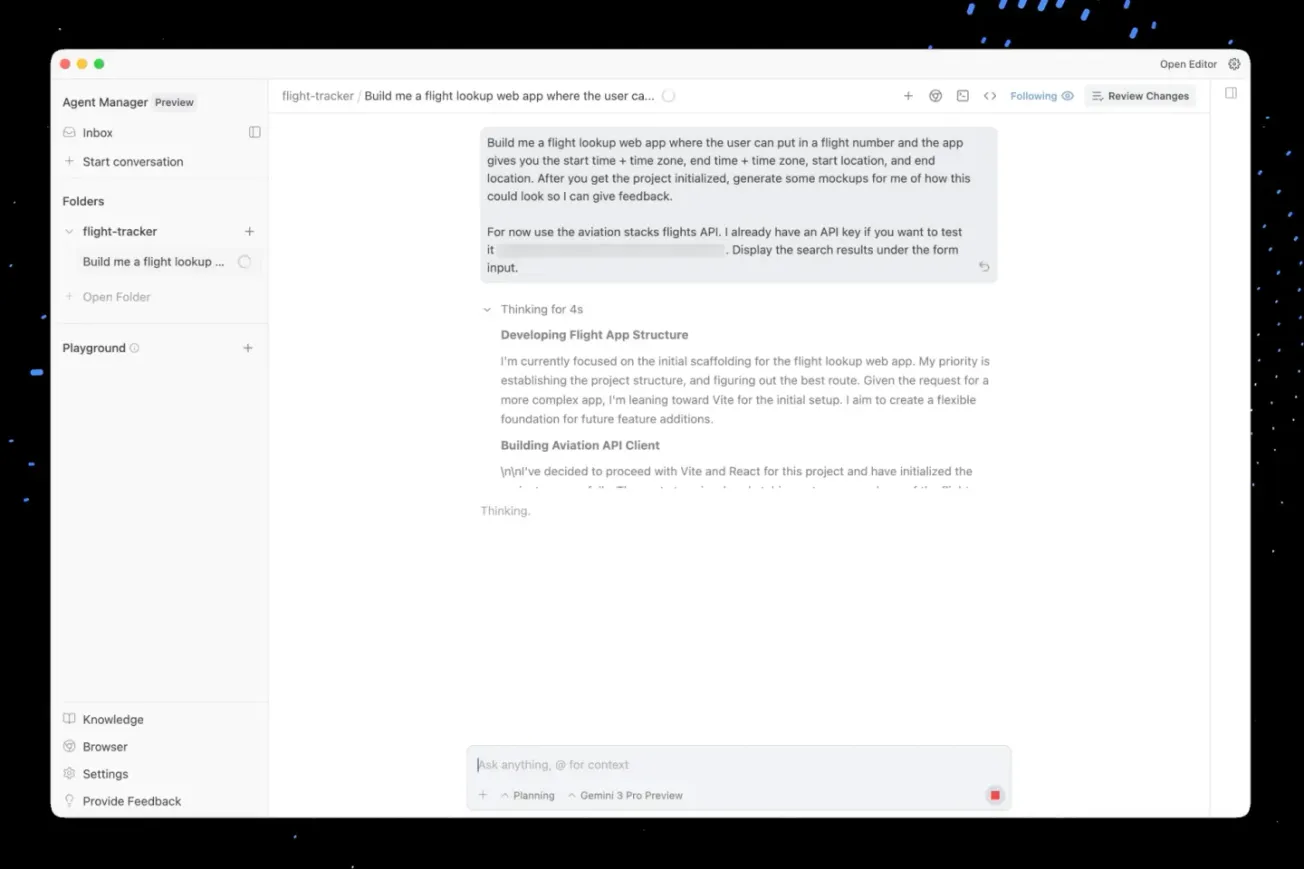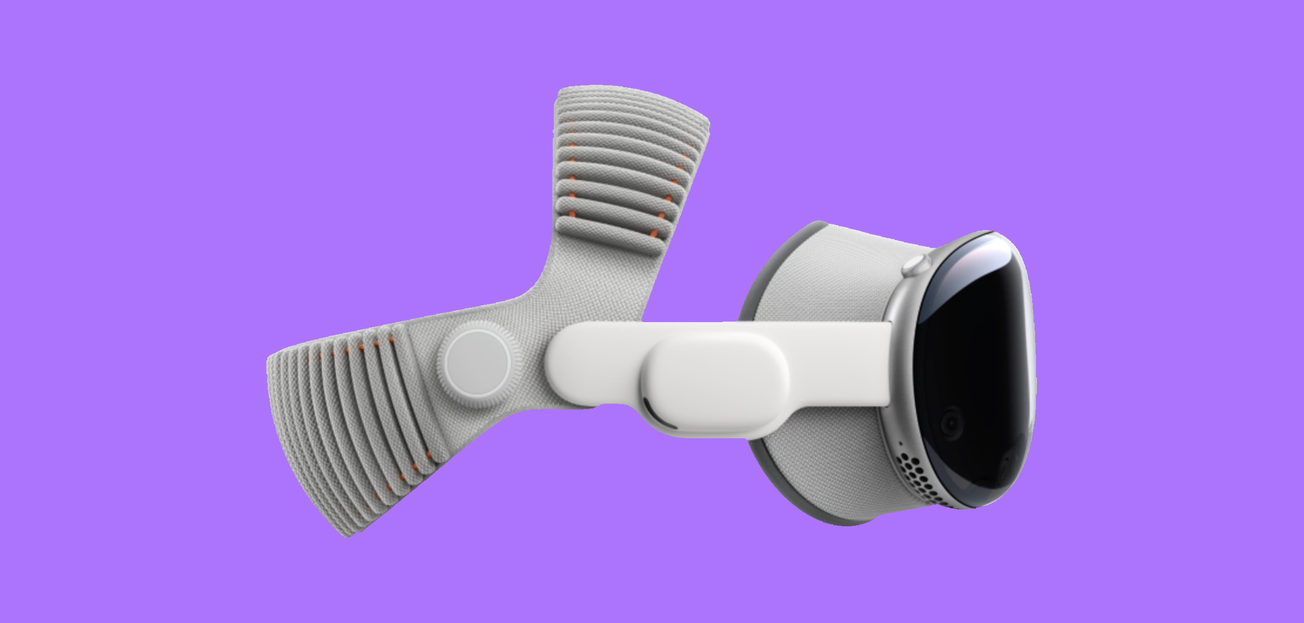In 2025, artificial intelligence is no longer just a tool—it’s an integral layer across design, code, writing, research, and even executive decision-making. The AI arms race has evolved beyond ChatGPT vs. Claude. What matters now is interoperability, data control, fine-tuning flexibility, and how seamlessly these systems integrate into professional workflows. From generative design studios to research labs to independent creators, the landscape of AI tooling has crystallized into a new set of essentials.
Here’s a breakdown of the most widely adopted and influential AI tools in 2025—based on real-world use, measurable performance, and critical acclaim.
ChatGPT
Best For: General-purpose workflows, creative prototyping, research support.
Why It Matters: The GPT-4o model released in mid-2024 brought multimodal capabilities—text, audio, image, code, and video—in one unified system. In 2025, it remains a staple, especially among creative professionals and startups.
The standout feature this year: Custom GPTs. These are user-trained chatbots with tailored data, logic, and behavior. Artists train GPTs to mimic their curatorial voice; researchers embed archives to generate annotated literature reviews. With OpenAI's expanded memory and improved API stability, ChatGPT remains the Swiss Army knife of AI tools.
Pro tip: Use GPTs in combination with Code Interpreter (now "Advanced Data Analysis") for on-the-fly spreadsheet tasks, plotting, or cleaning messy datasets.
Claude 3.5
Best For: Long-form writing, legal reasoning, philosophical arguments
Why It Matters: Anthropic’s Claude 3.5 Opus, released in June 2025, currently leads in benchmarks for reasoning and context retention. It handles up to 200,000 tokens—ideal for users working with large bodies of text, like scripts, academic papers, or codebases.
Claude’s “Constitutional AI” framework makes it especially appealing to enterprises and institutions with higher compliance needs. Unlike OpenAI, Anthropic remains more open to organizational fine-tuning and collaborative workflows.
Real-world use: Universities and nonprofits are increasingly adopting Claude for research assistants that cite, reason, and draft nuanced arguments.

Midjourney v6.1
Best For: High-quality image generation with aesthetic coherence
Why It Matters: Midjourney continues to dominate the creative visual space, thanks to its distinct art direction and community-driven prompt refinement. While models like OpenAI’s DALL·E 3 have improved integration with editing tools, Midjourney’s Discord-based UX paradoxically encourages rapid iteration and stylistic exploration.
The version 6.1 model supports better hands, text rendering, and consistent multi-image storytelling. Still, it’s the subtleties of lighting, texture, and composition that keep professionals coming back.
Use case: Fashion designers prototype entire collections. Game developers use it to create environments before committing to 3D pipelines.
Image Credit: MidJourney, .edo93
Image Credit: Midjourney, eureka93108
Runway Gen-3 Alpha
Best For: Video generation and AI filmmaking
Why It Matters: Runway’s Gen-3 Alpha model, released in June 2025, pushes forward AI video with better motion coherence, facial stability, and cinematic realism. Unlike early iterations, Gen-3 Alpha can now maintain continuity across shots, making it viable for storyboarding and experimental short films.
Runway also offers seamless timeline editing, prompt-based control, and depth-to-video rendering—key for directors looking to blend live footage with generative sequences.
Emerging trend: Artists are using Gen-3 as a speculative cinema tool, producing AI shorts exploring themes from climate collapse to posthuman intimacy.
Image Credit: Runway Gen-3 Alpha
Image Credit: Runway Gen-3 Alpha
Perplexity AI Pro
Best For: Research, sourcing, citation-based exploration
Why It Matters: Where ChatGPT and Claude lean into synthesis, Perplexity AI excels at retrieval. Its 2025 Pro version offers source-linked summaries, academic search, custom focus modes, and integrations with tools like Notion and Zotero.
Professionals across domains—journalists, scientists, educators—prefer Perplexity for its reliability in surfacing real, current, and citable content.
Standout feature: The “Copilot” sidebar follows your open tabs and refines suggestions in real time, turning passive browsing into active insight mining.

GitHub Copilot
Best For: Software development, debugging, code generation
Why It Matters: GitHub Copilot, now deeply integrated with VS Code, JetBrains, and command-line tooling, continues to be a go-to for engineers. As of 2025, it leverages GPT-4 Turbo under the hood with more context-awareness and project memory.
The upgrade this year includes Copilot Workspace, which allows devs to generate, review, and explain code across entire repos. Teams can now trace Copilot’s suggestions back to doc references or Stack Overflow discussions.
Noteworthy: Microsoft’s continued investment in developer-focused AI makes Copilot an enterprise-ready assistant—not just a tool for beginners.
ElevenLabs & PlayHT
Best For: Voice synthesis and AI dubbing
Why It Matters: Audio AI is now central to content localization, podcast production, and synthetic media. ElevenLabs’ multilingual models are the most natural in emotion and tone, while PlayHT is praised for speed and streaming capabilities.
These tools support creator-first licensing models—critical for artists who want synthetic voiceovers without IP headaches.
Interesting use case: Independent game devs generate localized NPC dialogue with consistent tone and accent, reducing localization time by 70%.
Pika 1.0
Best For: Short-form video and motion graphics
Why It Matters: Competing with Runway and Sora, Pika has carved a niche among creators making social media-native content. With direct-to-edit prompts and stylization presets, it’s become a favored tool for content creators, educators, and advertisers.
Pika supports green screen input, animated typography, and AI-assisted B-roll suggestions—perfect for TikTok explainers or Instagram teasers.
Hugging Face Transformers + Inference Endpoints
Best For: Developers building with open-source LLMs
Why It Matters: While closed models dominate, Hugging Face remains essential for labs, startups, and independent developers who prioritize transparency and control. The platform hosts thousands of LLMs and multimodal models—from Meta’s LLaMA 3 to Mistral and Falcon.
In 2025, Hugging Face’s Inference Endpoints allow for one-click deployment, fine-tuning, and monitoring, making it a go-to for custom AI infrastructure.
Why creatives should care: Hugging Face is powering everything from AI poetry bots to interactive installations and ethical recommendation systems.
Final Thought: No One-Size-Fits-All Stack
There’s no universal “best” AI tool in 2025. Power users combine models: Claude for outline drafting, ChatGPT for refinement, Perplexity for sourcing, Midjourney for visuals, and Runway for motion. The ecosystem now rewards those who can fluidly stitch together tools into modular workflows.
As regulations, models, and interface standards evolve, one constant remains: agency. In this new phase of AI, creative practitioners are not just users—they’re system designers, prompt architects, and curators of synthetic expression.







